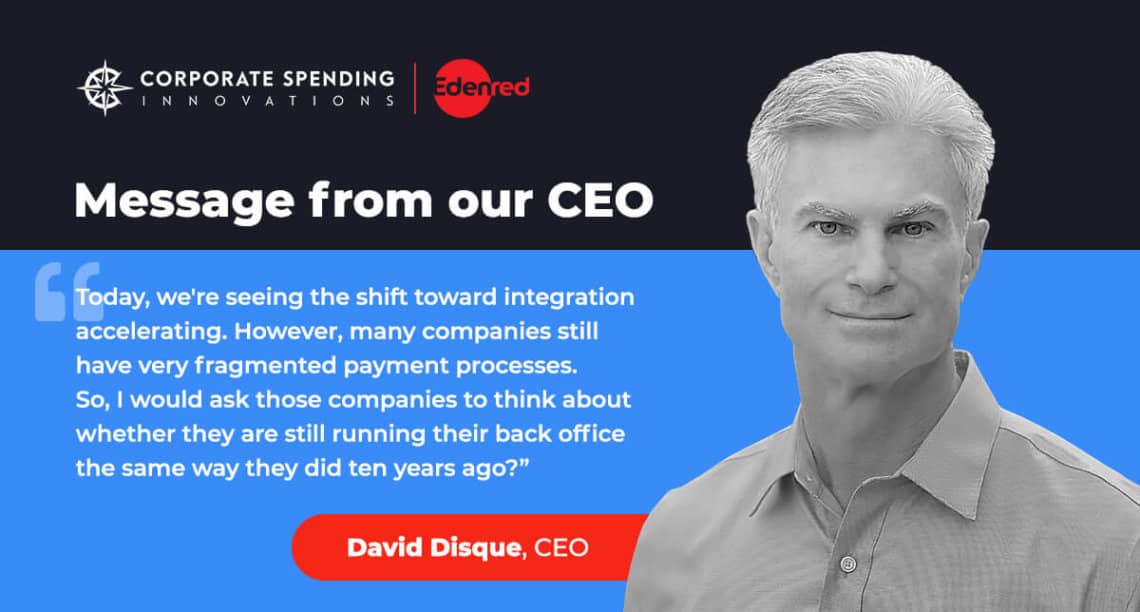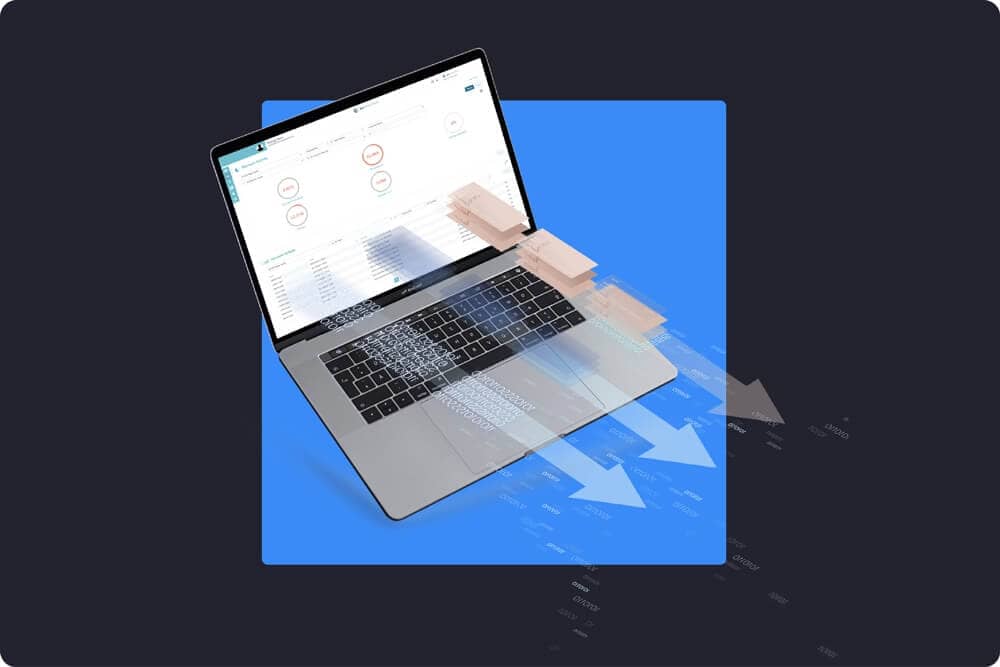Smart, secure and streamlined payments convert your AP department from a cost center to a revenue generator.
Is your business moving to the current state of B2B payments?


The traditional format for B2B payments in the US has transformed significantly over the past few years. The legacy payments framework of disassociated payments for checks, ACH, wire transfers, and virtual credit cards is now being challenged by a movement to fully integrated outsourced digital payments platforms. These new platforms fully digitize all payment types securely and optimize payment benefits between buyers and suppliers, driving extreme efficiencies and cost savings.
Unlike the traditional payment rails’ drawbacks which impact all business segments (SME to enterprise), integrated digitized payments establish affordable entry for the SME and mid-market that would not have had the resources to put fully digitized platforms in place.
Ten or twenty years ago, each payment option had its advantages. Though there were enough disadvantages to warrant improvement. For instance, credit cards were convenient and allowed faster payments than checks but lacked ERP approval workflow and reconciliation. But on the other hand, they offered payment control, security, access to credit lines, and flexibility over other payment types. Now, with the advance of virtual credit cards, the previous shortcoming of approval workflow and reconciliation allows for a superior digital payment solution.
ACH is less expensive than credit cards for merchant acceptance, though they often come with setup fees and monthly fees to the issuer of the payments. However, where the merchant saves money on processing fees, they lose crucial payment remittance details, making reconciliation difficult. In many cases, it requires the issuer of the payment to log into a bank’s website to key in information for one payment at a time.
With wire transfers, the funds are guaranteed, but the process is expensive and requires the receiving company to share detailed bank information with the sender. There are also fees for the issuer and recipient on the incoming funds. Moreover, the wire cannot be retracted if sent in error. This is hardly an efficient process.
Of course, checks are still popular for payments among businesses in many industries. Although, they are steadily falling out of favor. This is because printing checks in the back office is costly, and the entire process is slow and labor-intensive. Covid-19 impacted every aspect of business, but the USPS was hit particularly hard. The result is higher costs and slower scheduled delivery times. People don’t send letters by mail. Why make business payments that way, especially when you can’t trust when it will get there. And there is a considerable amount of check fraud annually, posing an additional risk.
People may be tired of hearing about the effects Covid had and continues to have on businesses. But it was a catalyst for many companies to move into automated payments. Thanks to increased remote work, the ability to access and control payments at any time became a necessity. If you didn’t see the need before Covid, you’ve probably changed your mind since then.
More recently, virtual card payments have removed many of the issues associated with the legacy payments framework. But you have to work with a specialized card issuer with virtual card capability.
Early on, payment automation required heavy integration with an ERP and a separate file format delivery and process for each payment type. We were moving toward better payment methods, but with detached steps in the process. As automation progresses, so does platform fatigue. Logging in to as many as five systems to process payments is often discouraging. Integrated payment platforms, however, offer a fully digital and consistent payment experience regardless of the payment type.
Previous forms of payment have left companies managing disassociated payment processes with a lot of complexity and challenges. And we’ve become solely dependent on these disjointed, inefficient legacy processes and platforms. But it’s time to move on from that and modernize the way businesses pay and get paid.
Today, we’re seeing the shift toward integration accelerating. However, there are a lot of companies that still have very fragmented payment processes. So, I would ask those companies to think about whether they are still running their back office the same way they did twenty years ago or even ten years ago?
FinTechs have developed connectivity to banks and payment rails as the market moves toward integrated payment platforms. CSI can facilitate better payment processes because we’re embedding with ERPs, providing automated payment services from SME-market to large-market companies without ever leaving the company’s preferred ERP or accounting system. In addition, we partner with banks providing them white label services, which gives them the capabilities to take a single payment file and optimize and deliver the payments.
CSI’s robust ecosystem encompasses banks, APIs, ERPs, industry-specific integrations, Visa and Mastercard processing and issuance, and our proprietary B2B Payments Network. This allows us to automate all payment types, including checks, ACH, wire, credit cards, and virtual cards. Essentially, we’re removing complexities from the back office.
The B2B payments process is evolving into more efficiency, transparency, and a fully digital footprint through an integrated payments program. Are you moving to the current state?
Smart, secure and streamlined payments convert your AP department from a cost center to a revenue generator.
